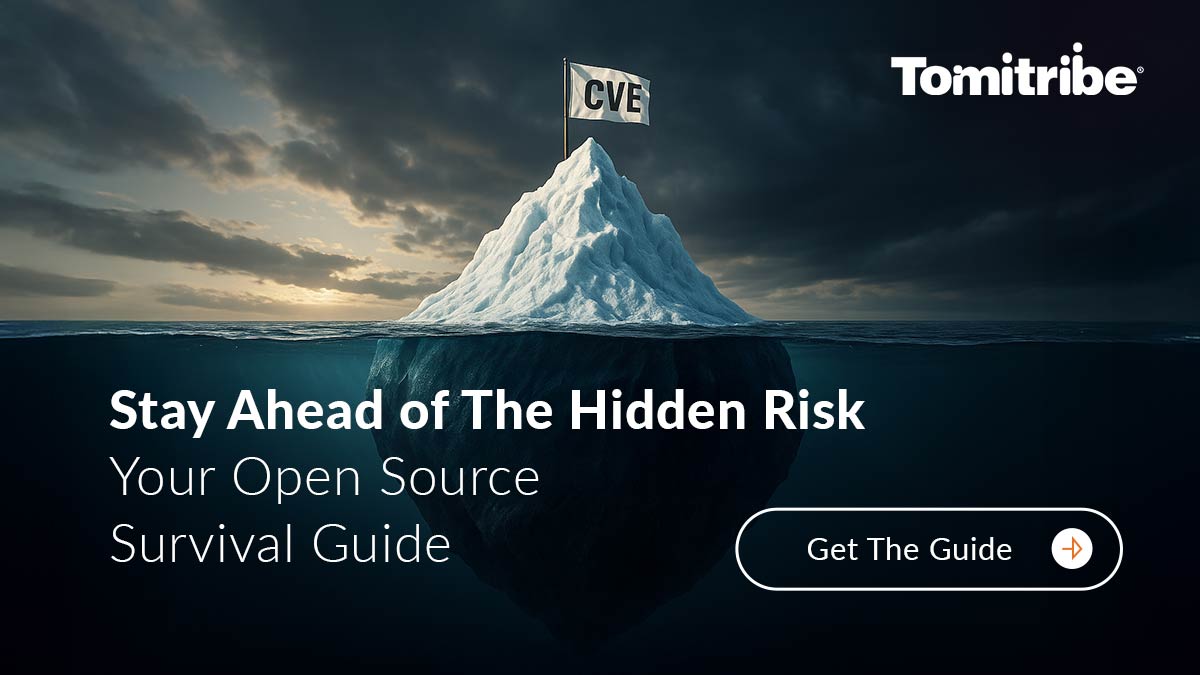In today’s digital landscape, businesses and companies encounter a continuous stream of cybersecurity threats, and one such significant threat is Common Vulnerabilities and Exposures (CVEs). These vulnerabilities can potentially jeopardize your systems’ security and stability. However, it is important to note that while CVEs are just one aspect of the broader cybersecurity landscape, they hold particular relevance. CVEs provide public data that companies and organizations can use to their advantage in understanding and addressing potential vulnerabilities. To illustrate the concept further, let’s explore examples of high, medium, and low-severity CVEs in Apache Active MQ, a popular open-source messaging and integration platform. By proactively engaging with CVEs and implementing necessary measures, you can protect your business and mitigate potential consequences from various cybersecurity threats.
What are CVEs?
CVEs are standardized identifiers assigned to publicly known software vulnerabilities. They provide a consistent way to classify and track vulnerabilities across different platforms and software applications. Each CVE is assigned a unique identifier, facilitating information sharing and enabling organizations to prioritize and address security flaws efficiently.
High Severity CVE Example in Apache Active MQ
Let’s consider a high-severity CVE, such as CVE-2022-23305, by design, the JDBCAppender in Log4j 1.2.x accepts an SQL statement as a configuration parameter where the values to be inserted are converters from PatternLayout. The message converter, %m, is likely to always be included. This allows attackers to manipulate the SQL by entering crafted strings into input fields or headers of an application that are logged, allowing unintended SQL queries to be executed. Note this issue only affects Log4j 1.x when specifically configured to use the JDBCAppender, which is not the default. Beginning in version 2.0-beta8, the JDBCAppender was re-introduced with proper support for parameterized SQL queries and further customization over the columns written in logs. Apache Log4j 1.2 reached end of life in August 2015. Users should upgrade to Log4j 2 as it addresses numerous other issues from the previous versions.
Medium Severity CVE Example in Apache Active MQ
Now, let’s examine a medium severity CVE, such as CVE-2021-4104, JMSAppender in Log4j 1.2 is vulnerable to deserialization of untrusted data when the attacker has write access to the Log4j configuration. The attacker can provide TopicBindingName and TopicConnectionFactoryBindingName configurations causing JMSAppender to perform JNDI requests that result in remote code execution in a similar fashion to CVE-2021-44228. Note this issue only affects Log4j 1.2 when specifically configured to use JMSAppender, which is not the default. Apache Log4j 1.2 reached end of life in August 2015. Users should upgrade to Log4j 2 as it addresses numerous other issues from the previous versions.
Low Severity CVE Example in Apache Active MQ
Lastly, let’s explore a low-severity CVE, such as CVE-2023-9012; you will find this CVE in Spring Framework versions 5.3.0 – 5.3.18, 5.2.0 – 5.2.20, and older unsupported versions, the patterns for disallowedFields on a DataBinder are case sensitive which means a field is not effectively protected unless it is listed with both upper and lower case for the first character of the field, including upper and lower case for the first character of all nested fields within the property path.
Dealing with CVEs
To effectively deal with CVEs in your business/company, consider the following process:
- Vulnerability Monitoring: Stay updated on the latest CVEs and security updates related to your software and systems. Regularly monitor official sources, security mailing lists, and vendor announcements to identify potential vulnerabilities.
- Risk Assessment: Evaluate the impact and severity of CVEs on your systems and infrastructure. Understand the potential consequences, such as data breaches, service disruptions, or compliance violations, to prioritize mitigation efforts.
- Patch Management: Promptly apply patches and updates provided by software vendors to address known vulnerabilities. Establish a robust patch management process that includes testing, deployment, and monitoring to ensure vulnerabilities are resolved effectively.
- Security Best Practices: Implement security best practices such as strong authentication mechanisms, regular password updates, access controls, and secure coding practices. Regularly review and update security configurations to minimize the attack surface.
- Employee Education: Provide cybersecurity awareness training to employees to promote a security-conscious culture. Teach them about the risks associated with opening suspicious emails, visiting unknown websites, or executing unauthorized software.
Regardless of the organization’s security process maturity and hierarchical level, the above recommendation emphasizes the importance of shared responsibilities among multiple stakeholders and adopting best practices from modern frameworks like DevSecOps. Promoting awareness and effective communication across the entire organization is crucial.
With a cumulative experience of more than 50 years in contributing to the Open Source ecosystem, we have played a significant role in addressing security vulnerabilities. Over the past three years, we have successfully resolved over 120+ CVEs, providing reassurance and peace of mind to companies and organizations worldwide. Our expertise has been particularly impactful on the security of Apache ActiveMQ, Apache Tomcat, and Apache TomEE software and infrastructure.
Conclusion
CVEs present a constant threat to the security and stability of your business/company. Understanding and effectively dealing with CVEs can protect your systems, data, operations and customers from potential security breaches. Examples of high, medium, and low severity CVEs in Apache Active MQ demonstrate the varying degrees of vulnerabilities and their potential impact on your business. Stay vigilant, prioritize security measures, and promptly address CVEs to ensure the resilience and continuity of your organization.
If you want to know more about how Tomitribe expertise can help protect your organization against CVEs and security threads, visit Tomitribe ActiveMQ Support.




